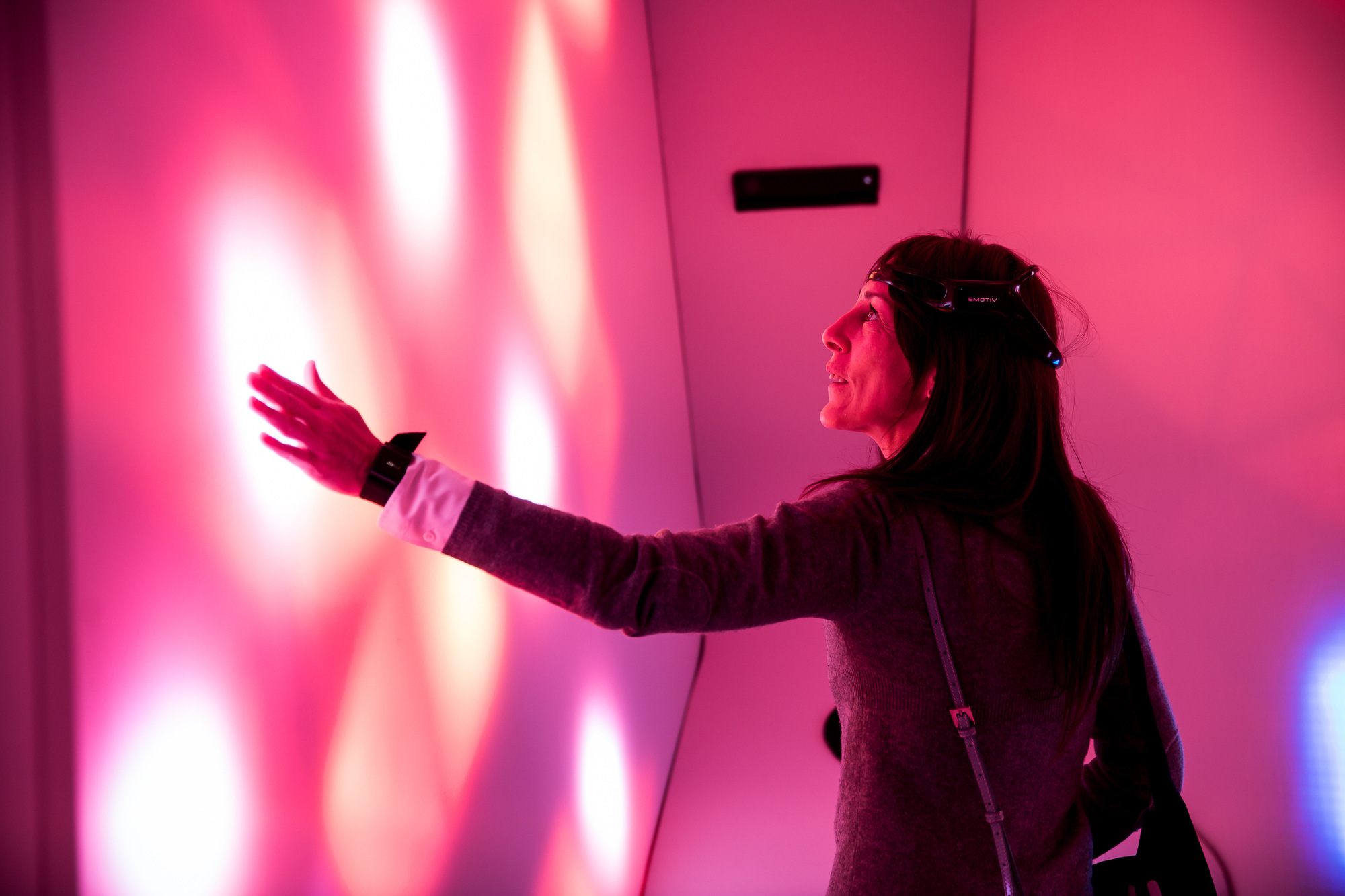14/03/2018 - Written by Ben van Berkel
I look at technology within the built environment from the viewpoint of an architect...
When writing the book Knowledge Matters, it became obvious to me that the traditional role of the architect had changed, and is still changing. This shifting role gains serious potential when linked to sensorial adaptive design and to the integration of tech within the built environment. And this is very exciting!
The digital revolution is, after all, driving change in the output of almost every other industry. If you look at developments in the automotive industry for example, there is an incredible amount of R&D carried out that aims to improve user experiences in cars. For the end user, the journey to a particular destination could become nearly as important, or almost comparable in terms of quality, as the experience at the destination itself. Innovation within the automotive industries is driven by a strong vision to improve comfort, safety and wellbeing. And we, as the architects of both the start and endpoint of most journeys, should have the ambition to improve the built environment in the same way.
If we contextualise architecture within sensorial adaptive design, we can get to architecture’s very essence: that is, a humanised built environment. Our new company, UNSense, explores and develops sensor-based technologies, not for the sake of efficiency, but in order to allow the built environment to be considerate of human needs, and adapt to them. Unlike more typical tech platforms, it is not the hardware or the software itself that interests us, but how it can be applied within architecture and urban design to improve daily lives, whether at work, at play, in transit or when relaxing. Working from a design perspective, we can differentiate our output on a visible and sensorial level, creating buildings and cities that are sensitive and empathic to human beings.
Read the original article on Ben's LinkedIn here.
Follow Ben on LinkedIn.
Find out more about UNSense here.



